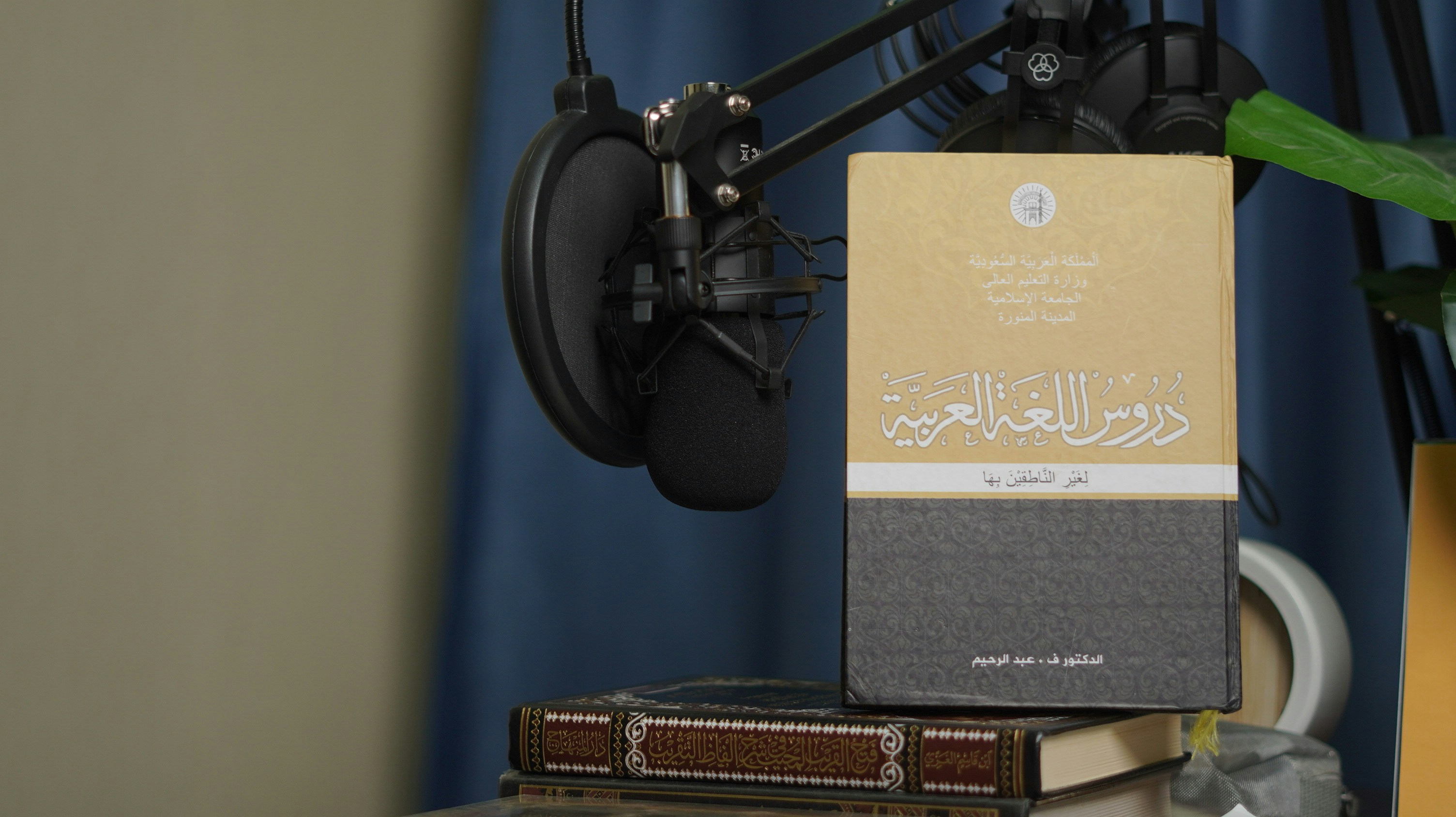
Introduction to Arabic Dubbing
Arabic dubbing has become an essential practice in the entertainment industry, allowing for a more engaging viewer experience across a vast array of media, including films, cartoons, and documentaries. The significance of dubbing lies not only in providing accessibility but also in enhancing cultural relevance and audience connection. The decision to utilize Modern Standard Arabic (MSA) or regional dialects in dubbing plays a pivotal role in tailoring content to specific demographics and their linguistic preferences.
Modern Standard Arabic, a form of the language widely used in formal settings, serves as a unifying linguistic medium across the Arabic-speaking world. It is commonly employed in genres aimed at broad audiences, such as news broadcasts and educational programs. MSA enables viewers from various Arab countries to understand the content without the barrier of regional linguistic variations. However, while MSA holds official status and facilitates comprehension, it may lack the intimacy and relatability of local dialects.
On the other hand, regional dialects have gained prominence, particularly in genres that resonate closely with local cultures and everyday conversations. Dubbing children’s cartoons and comedic content often leans towards these dialects, as they enhance the relatability of characters and situations. For instance, using Egyptian Arabic in a comedy series allows audiences in Egypt to connect with humor, while an Algerian dialect caters effectively to Algerian viewers. The choice of language variety not only makes the content accessible but also augments viewer engagement by fostering a sense of belonging.
With the increasing diversity of content available, the role of Arabic dubbing has grown significantly. Producers and distributors must thoughtfully select between MSA and regional dialects to ensure that the material effectively reaches and resonates with its intended audience. This balance between Modern Standard Arabic and regional dialects underpins the strategy behind dubbing in the Arabic-speaking realm.
Genre-Specific Use Cases: MSA vs. Regional Dialects
The choice between Modern Standard Arabic (MSA) and regional dialects in dubbing significantly hinges on the specific genre of media being presented. MSA is often favored in cartoons and educational programs due to its formal nature and widespread understanding across the Arabic-speaking world. This linguistic choice ensures that the content is accessible to a diverse audience, including children and learners who may not yet be familiar with the various dialects that exist throughout the Arabic-speaking nations.
For instance, popular animated shows like “Sesame Street” employ MSA to ensure that children from different backgrounds can engage with the material. MSA provides clarity and facilitates the educational objectives inherent in such programming, as it is the standardized version of the language used in classrooms, media, and literature across the Arab world.
Conversely, regional dialects dominate in local dramas and series where authenticity and relatability are paramount. Programs like “Bab Al-Hara,” a Syrian drama series, leverage the local dialect to create a genuine connection with viewers, drawing them into the cultural and social nuances typical of their lives. By using familiar dialects, these shows can evoke a sense of home and community, thereby enhancing viewer engagement.
The impact of this linguistic choice is evident in audience reactions and overall popularity of a show. While MSA caters to a vast audience, regional dialects have the unique ability to resonate deeply with specific demographics. This nuance plays a crucial role in determining the appropriateness of language in dubbing, reaffirming the importance of context in language selection.
Ultimately, the strategic use of either MSA or regional dialects in Arabic dubbing can significantly influence the success of media, tailoring content to meet the preferences and expectations of various audience segments.
The Impact of Accents and Dialects on Show Popularity
In the realm of Arabic dubbing, the incorporation of regional accents and dialects can have significant consequences on the popularity and reception of television shows and films. While dialects can lend authenticity to a character’s portrayal, they may also result in alienation for some segments of the audience. The diverse linguistic landscape of the Arabic-speaking world spans various countries, each with its own unique dialect, such as Egyptian, Levantine, or Gulf Arabic. This diversity complicates the task of creating content that resonates universally across different viewers.
One of the primary downsides of utilizing accented Arabic in dubbing is the potential for confusion or misunderstanding among viewers who may not be familiar with certain local terms and expressions. A study conducted by regional media analysts indicated that shows featuring clear, accent-free Arabic enjoyed a significantly higher viewer appreciation score. According to the data, programs dubbed in neutral Arabic had a 30% higher retention rate among audiences, highlighting the importance of speech clarity. Consequently, when dubbing for a broad audience, choosing a standard form of Arabic can facilitate accessibility and understanding, encouraging a wider viewership.
Moreover, case studies illustrating the performance of various shows have shown a strong correlation between the use of universal Arabic and audience engagement. For instance, a popular animated series that adopted a standard Arabic voiceover attracted millions of viewers across the MENA region, while similar shows relying heavily on a specific dialect experienced challenges in viewer engagement. In essence, the stylistic choices made in Arabic dubbing can enhance or hinder a show’s overall appeal based on the language’s clarity and accessibility to diverse audiences.
Expertise in Arabic Linguistics and Training for Quality Dubbing
Achieving high standards in Arabic dubbing requires a profound understanding of the language, as well as the cultural nuances across the diverse regions of the Arab world. At the forefront of this effort is Nabra Production Studio, which prides itself on assembling a highly trained production team consisting of linguistics experts and skilled voice actors. The staff at Nabra includes individuals with advanced academic qualifications, such as PhDs and Master’s degrees, ensuring that each member is well-versed in the complexities of Arabic linguistics, particularly as it pertains to translating spoken dialogue into captivating audio presentations.
The rigorous training that voice actors undergo is integral to the dubbing process. These professionals are trained to achieve precise pronunciation and develop an accent-free rendition of Arabic known as Fusha, or Classical Arabic. This focus on linguistic accuracy not only enhances the quality of the dubbing but also supports the creation of content that resonates with a broad audience throughout the MENA region. By honing their skills to articulate the subtleties of the Arabic language, voice actors can effectively convey the original intent and emotional depth of the source material.
This meticulous attention to detail fosters a level of professionalism that cultivates trust among clients seeking to deliver impactful content. The combination of highly educated linguistics experts and rigorously trained voice artists results in a product that meets and exceeds industry standards. Nabra Production Studio’s commitment to excellence in Arabic dubbing plays a pivotal role in ensuring that audiences not only understand but also emotionally connect with the material presented. Such efforts can significantly enhance viewer engagement and satisfaction, establishing the studio as a leader in the field of audiovisual content production across the Arab world.

